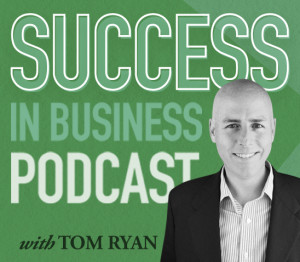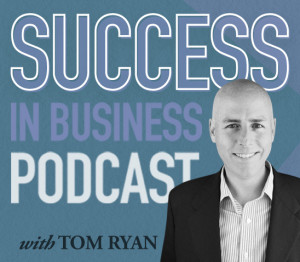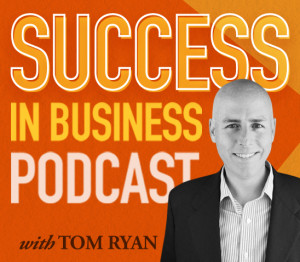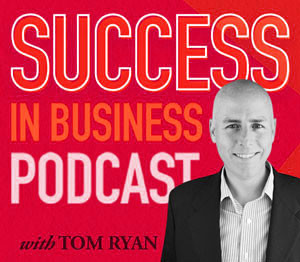 A successful business pitch doesn’t happen by accident. Like any great story, a pitch takes your audience on a journey, grabbing their attention and playing to their curiosity as you guide them from one stage to the next. This means laying out each element of the pitch in a very specific order, each step setting up the next so that the story unfolds in the most compelling way possible. Understanding this process is essential for anyone who hopes to master the business pitch.
A successful business pitch doesn’t happen by accident. Like any great story, a pitch takes your audience on a journey, grabbing their attention and playing to their curiosity as you guide them from one stage to the next. This means laying out each element of the pitch in a very specific order, each step setting up the next so that the story unfolds in the most compelling way possible. Understanding this process is essential for anyone who hopes to master the business pitch.
In my last post, I explained the role of the “hook” in the business pitch. If you want to catch a fish, you have to bait the hook. In the context of a pitch, setting the hook means establishing your business narrative. They understand what problem your business aims to solve, how you will solve it, and why your solution is the right one. It’s about building a credible narrative while capturing their attention.
But there’s more to fishing than just getting a fish to bite. You also need to get them into the boat. That second phase of the process, where you’re reeling in the audience, is giving them what they need to truly accept the story you’ve presented. This is the “proof.” Continue reading





